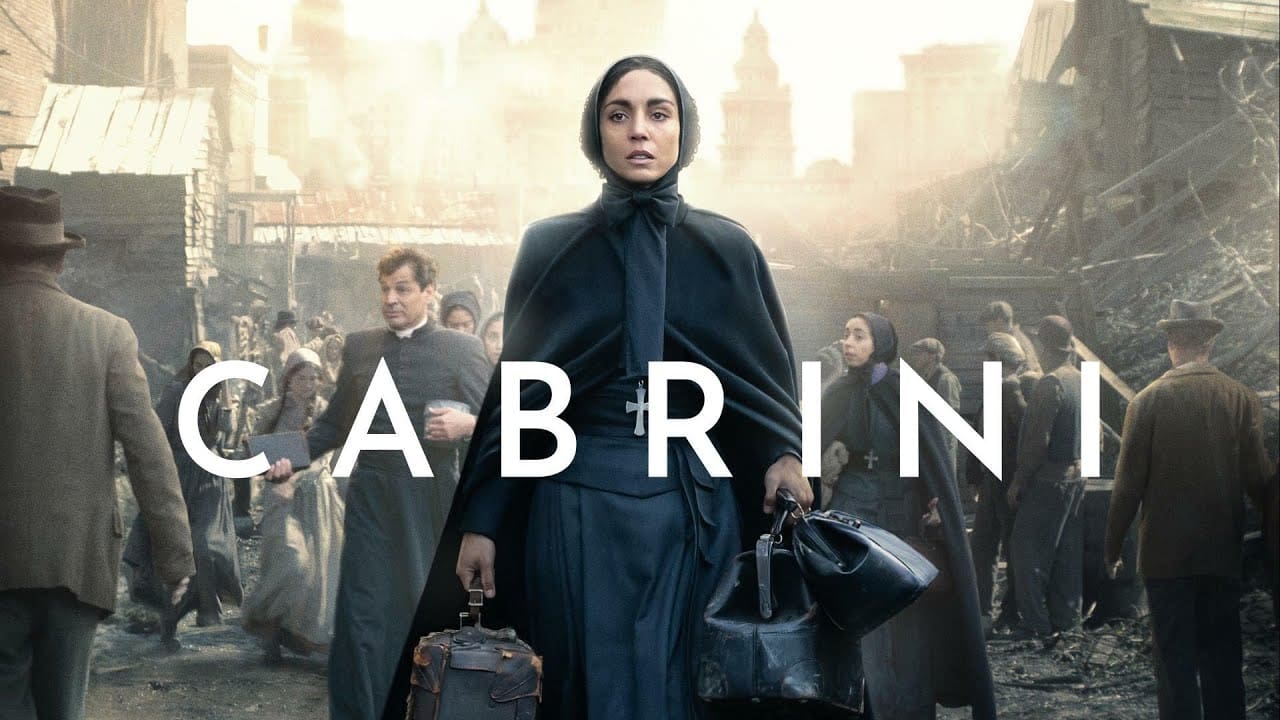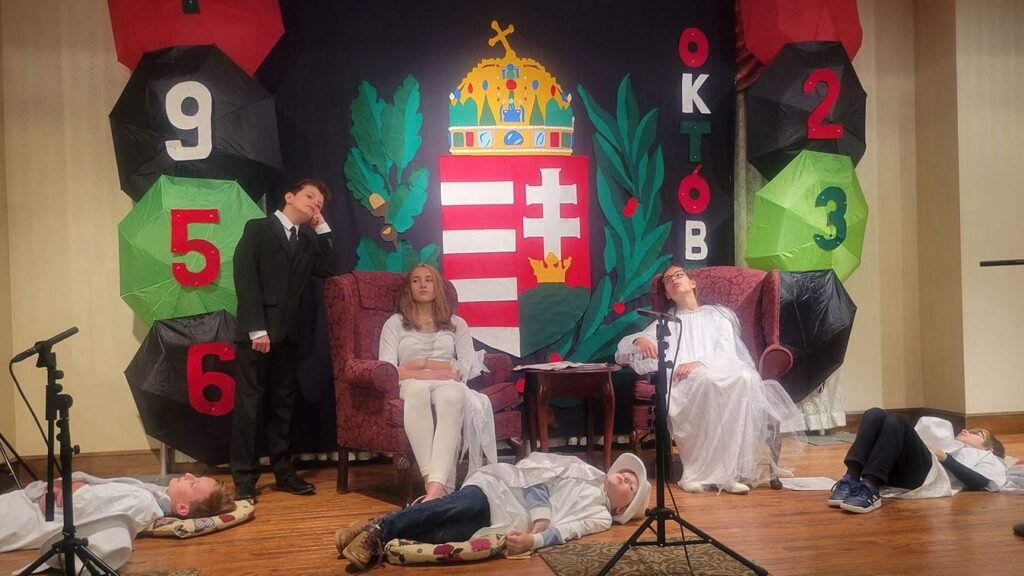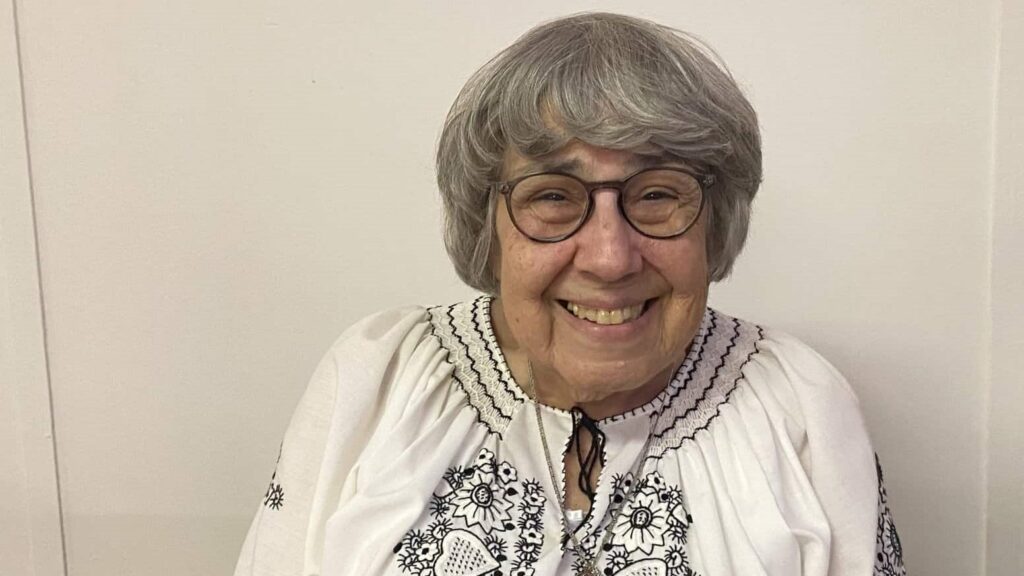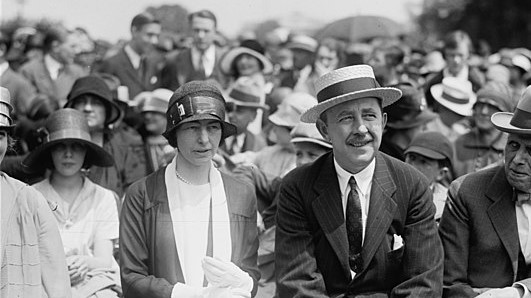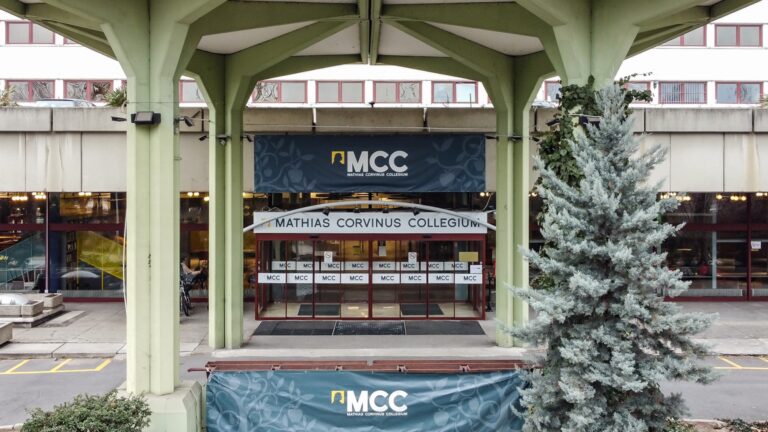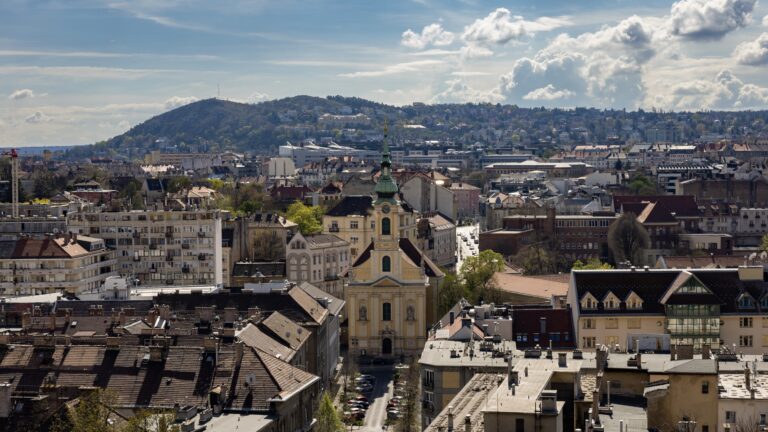I saw the latest biographical drama Cabrini released by Angel Studios and directed by Alejandro Gómez Monteverde (the director of Sound of Freedom as well) the other day. I planned to watch it in a movie theatre, but unfortunately found out that it’s not screened there and my Hungarian American friends weren’t interested in an ‘old-fashioned, quite depressing’ movie depicting the life of an Italian Catholic missionary encountering resistance to her charity and business efforts in New York City in the late 19th century. Despite her illness and the sexism and anti-Italian bigotry she has to face, Cabrini sticks to her original aim of creating a ‘worldwide empire of hope’, which has eventually led to her canonization. Finally, I watched the movie on the plane while returning from vacation. For two and a half hours I completely forgot where I was. I was deeply impressed, pinned to my seat, and at the same time emotionally uplifted and professionally inspired.
According to the plot, in 1889, Francesca Cabrini (Cristiana Dell’ Anna), an Italian Catholic missionary with lung disease arrives in New York City with five companions (nuns) to help the most vulnerable in society: to provide housing, care and basic health services for orphaned children, as well as poor and sick immigrants. Having already built several similar institutions in Italy, Cabrini has wanted to launch her own missionary order in the Far East, but her superiors have rejected her plans. (A recurring vision theme in the movie depicts her as a little girl making paper boats on the banks of a river that take her on missions to distant lands.) After being rejected several times in Rome, Cabrini insists on meeting the Pope. While no woman before her has ever founded such an order, Leo the XIII is persuaded by the nun’s determination and allows her to set sail. However, he directs her to New York (instead of the Far East), where at the time two million Italian refugees were chasing the American dream.
On their arrival to the Five Points neighborhood of New York, the six nuns are confronted with the reality that
most of the immigrants there are victims of crime, prostitution, poverty, and disease.
On their first night, the only place they can stay is a brothel, where they are welcomed by an Italian prostitute named Vittoria. Cabrini’s New York superior, Archbishop Corrigan, is not very helpful either, but after the Pope’s letter is presented to him, he reluctantly allows the nuns to continue their work, setting up the first orphanage for children who have previously lived in the gutters among rats, and who would otherwise end up in the hands of the mafia or face an early death. Meanwhile, some well-intended adults are assisting them: Vittoria leaves the brothel to help them; Dr. Murphy, a physician who saves Cabrini’s life after a faint (and tells her she has only two years to live) also starts helping her order; a New York Times reporter visits the Five Points area at Cabrini’s request, produces a heart-stirring article about the unacceptable conditions existing (and raises the question as to whether this is the New York that affluent immigrants want for themselves), helping the sisters to raise funds and buy an Upper West Side property for the children. When New York’s mayor, hostile to Italians, tries to evict them, the archbishop provides them with a rural property with no water supplies, where they need to dig even their own wells.
When an explosion at a pumping station kills one of the orphan boys—who have taken a job with his little friend to support the nuns—, along with adults, the doctor tells Cabrini that a better-equipped hospital could have saved many lives. It is the moment when she decides to take her plans to another level by setting up a hospital for the poor. With the doctor’s help, she reaches out to wealthy men from immigrant communities of Irish, Italian and Jewish descent, and with her excellent business sense, persuades potential donors to financially support purchasing an old building suitable for hospital purposes. When Cabrini organizes an Italian American festival with the famous singer of the era, Enrico DiSalvo (who refuses Cabrini’s first request for help, but her perseverance persuades him, too) and holds a successful fundraiser, the police, following the mayor’s orders and spewing racial slurs, shuts it down. The nun is arrested and the funds raised are confiscated. After this scandal, Corrigan sends her back to Italy, where she travels with another nun and Vittoria.
In Rome she visits the Pope again, who marvels at her determination and wonders where the borderline is between her deep faith and her personal ambitions, but finally approves her request, on the condition that she herself raises the money to renovate the building and launch the hospital. After repeated refusals, Cabrini almost gives up, but at Vittoria’s encouragement she revives her efforts and personally persuades members of the Italian Senate to allocate state funds for the purpose. She is thus allowed to return to New York, where she personally supervises the renovation of the building, insisting on hiring at least 50 per cent Italian immigrant workers. The archbishop warns her of the mayor’s possible revenge, which later proves to be the case. Cabrini, with the help of her journalist supporter, confronts the mayor about his responsibility for the ‘accidental fire’ burning the hospital building, citing the forthcoming elections and the large number of Italian immigrants (i.e. potential voters), and persuades him to support the hospital project. These events are all proving her excellent business and political negotiation skills. At the end of the movie, we learn that despite her lung disease, Cabrini worked for the rest of her life and passed away at the age of 67. On 7 July 1946 (exactly 78 years before I watched the movie),
she was canonized, becoming the first American saint—the patron of immigrants.
Her order spread all over the world, including China, where she initially wanted to travel and work at the outset.
If we hadn’t been living in the U.S. for two years and if I hadn’t been a journalist deeply interested in the fate of Hungarian immigrants and their communities in the U.S. (many of whom experienced different, yet in many ways equally difficult and even harsh conditions at the time of their immigration, or even later), I probably wouldn’t have been so affected by this movie. While there is no doubt that Cabrini’s deep faith and amazing sense of mission, strong work ethics and extraordinary perseverance (which filled her superiors with a mixture of skepticism and envious opposition), her creative business skills, fragile yet very strong inner femininity, especially her defiance of the ‘stay where you belong’ guidance, would not have left me unmoved even if I had not learned about or experienced the immigrant life directly or indirectly through my work. Then it might have just been a distant story in time and space, with somewhat alienating oppressive circumstances and thus a mixed movie experience for me (just like for other viewers, based on their mixed reviews), but it ultimately made an elemental impact on me. Everything I have heard or read about the stories of Hungarians and other nationalities arriving in various waves of immigration across the late 19th and the whole of the 20th centuries was now brought to life on the screen with shocking and uplifting power—making everything I‘ve known even more personal and relatable, and making me contemplating about the power of faith, hope and women as well as my own goals as a Christian, a woman and a ‘temporary immigrant’ in the U.S.
Other immigrant communities, including Hungarians, also lived at times in similarly oppressive conditions, and were met with similar contempt, scorn, or at least neglect—until they began to rise up with the help of others or their own strength. Hungarian nuns also came to America to teach, Hungarian Jesuits also founded orders here, some wealthier Hungarians also tried to support their compatriots, and Hungarian intellectuals tried to stick together in spiritual, intellectual, and cultural immigrant communities. I am not aware of a Hungarian story comparable with that of Cabrini’s, but I’m sure that there are other similar life stories of female protagonists out there, who ‘can do what men can’t’, as Cabrini replies to the mayor at the end of the film, who says it’s a pity she wasn’t born a man. How impactful it would be if Angel Studios continued this theme with other immigrant communities, including Hungarians, or if Hungarian directors and screenwriters could bring similar Hungarian American immigrant stories to the big screen. Until then, I am working on a related project with my own modest means: I’ve written more than 150 articles about immigrant life stories by now and the second volume of my book, Being Hungarian in America, is about to be published.
Read more film reviews:

